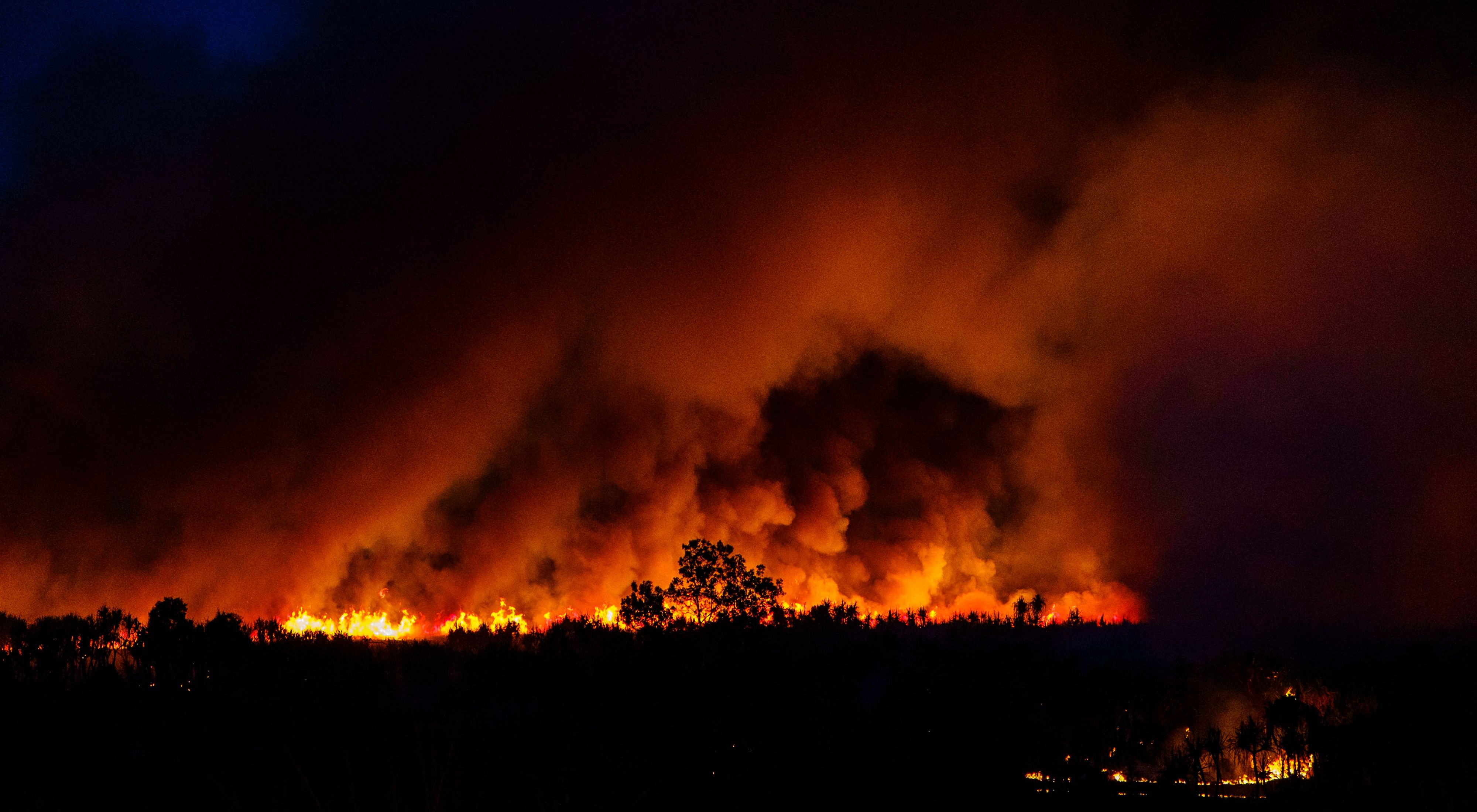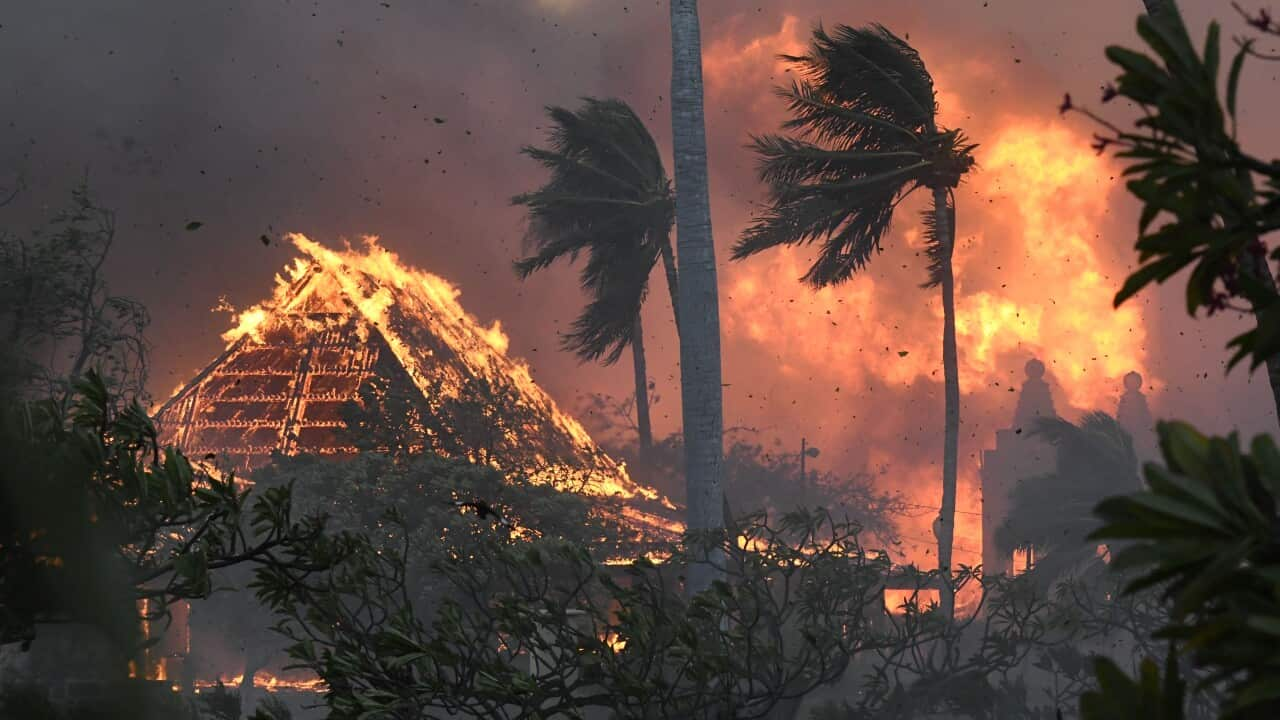Proactive Home Security: Leveraging the Insights of a BAL Report
Proactive Home Security: Leveraging the Insights of a BAL Report
Blog Article
Just How BAL Record Impacts Shrub Fire Defense Actions
In the realm of bush fire protection, the Building Strike Level (BAL) record stands as an important tool that significantly influences the safety and security and durability of properties in fire-prone locations - BAL Report. The impact of a BAL analysis prolongs far past plain documents; it offers as the cornerstone for establishing the proper building and construction standards and fire protection measures essential to mitigate the risks postured by bushfires. As areas grapple with significantly severe fire periods, understanding exactly how the BAL report shapes these safety steps comes to be extremely important for property owners, building contractors, and policymakers alike
Comprehending the Bushfire Strike Degree

Importance of BAL Report Analysis

In Addition, the BAL record evaluation functions as a foundational step in conforming with legal obligations and needs connected to bushfire protection. Regional councils and authorities commonly mandate the submission of a BAL report as component of the planning and structure approval procedure to make sure that residential or commercial properties are properly guarded against bushfire dangers. Stopping working to carry out a complete BAL record analysis can lead to inadequate protection measures, leaving residential properties at risk to devastating bushfire incidents.
Building Standards Based Upon BAL
A comprehensive understanding of the Bushfire Strike Level (BAL) makes it possible for home proprietors to carry out construction criteria tailored to their specific risk account. Building and construction criteria based upon BAL are important in minimizing the impact of bushfires on buildings. The BAL score classifies the potential risk a building encounters throughout a bushfire on a scale from BAL-Low to BAL-FZ (Fire Zone) Each BAL degree represents particular construction needs detailed in the Australian Conventional AS3959-2018 Construction of Buildings in Bushfire-Prone Locations. Buildings classified as BAL-Low might only need fundamental steps such as removing debris and preserving gardens, while those in higher BAL classifications require even more durable measures like ember screens, fire-resistant products, and secured windows. Sticking to these construction criteria not only enhances the architectural durability of the home however also boosts the overall safety and security of citizens during a bushfire event. Building proprietors must thoroughly consider their BAL rating and conform with the matching building and construction standards to sufficiently secure their homes and occupants.
Applying Fire Protection Steps
With the structure of building and construction standards based upon Bushfire Strike Level (BAL) in area, the focus now changes towards the practical execution of fire security actions to strengthen properties versus bushfire hazards. Executing fire protection actions entails a mix of passive and active strategies to boost the resilience of structures in bushfire-prone locations. Easy measures include utilizing fireproof building products, setting up ember guards on vents, securing spaces in roofings and wall surfaces, and keeping article a clear room around the residential or commercial property without flammable vegetation. Energetic steps encompass having firefighting tools readily offered, such as pipes and water pumps, as well as developing a defendable area around the home by getting rid of plant life and having a properly maintained yard. Furthermore, developing an emptying plan and making sure all locals understand emergency situation treatments are vital parts of effective fire defense measures. By incorporating both passive and energetic strategies, residential or commercial properties can dramatically decrease their susceptability to bushfire incidents and enhance the safety and security of occupants.
Safeguarding Residences Against Bushfires
Effectively safeguarding homes versus the devastating influences of bushfires needs a proactive and comprehensive approach to fire defense actions. Furthermore, sealing vents and gaps to avoid ember intrusion, as well as incorporating fire-resistant doors and windows, can help fortify the home's protection against bushfires. By welcoming a proactive stance and integrating these protective procedures, house owners can significantly increase their possibilities of safeguarding their homes against bushfires.
Verdict
In verdict, the Bushfire Assault Degree (BAL) record plays a crucial function in identifying the essential protection measures against bushfires. Carrying out fire defense steps based on the BAL report is essential in securing residential properties from prospective bushfire threats.
In evaluating bushfire danger to buildings, understanding the Bushfire website link Assault Degree (BAL) is a crucial element for applying effective protection procedures. On the whole, a clear understanding of the Bushfire Attack Degree is essential for executing ample protection procedures and mitigating the impact of bushfires on buildings.

Report this page